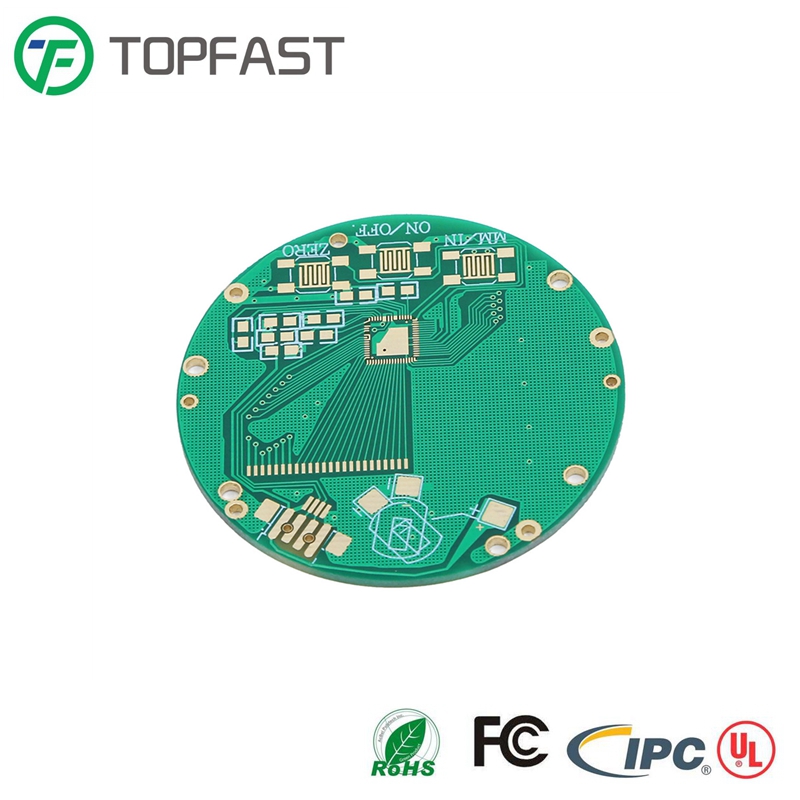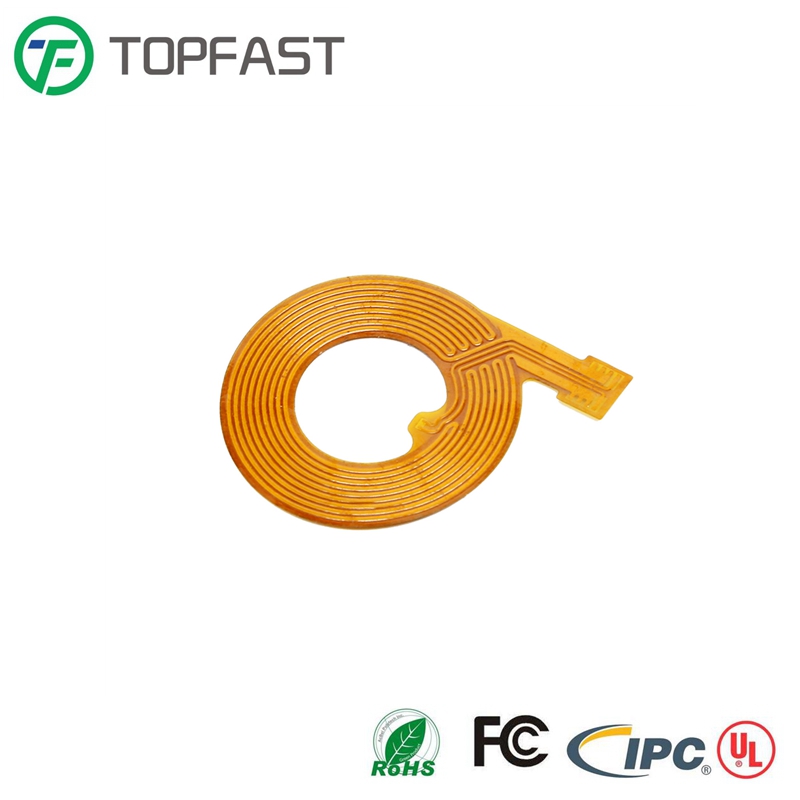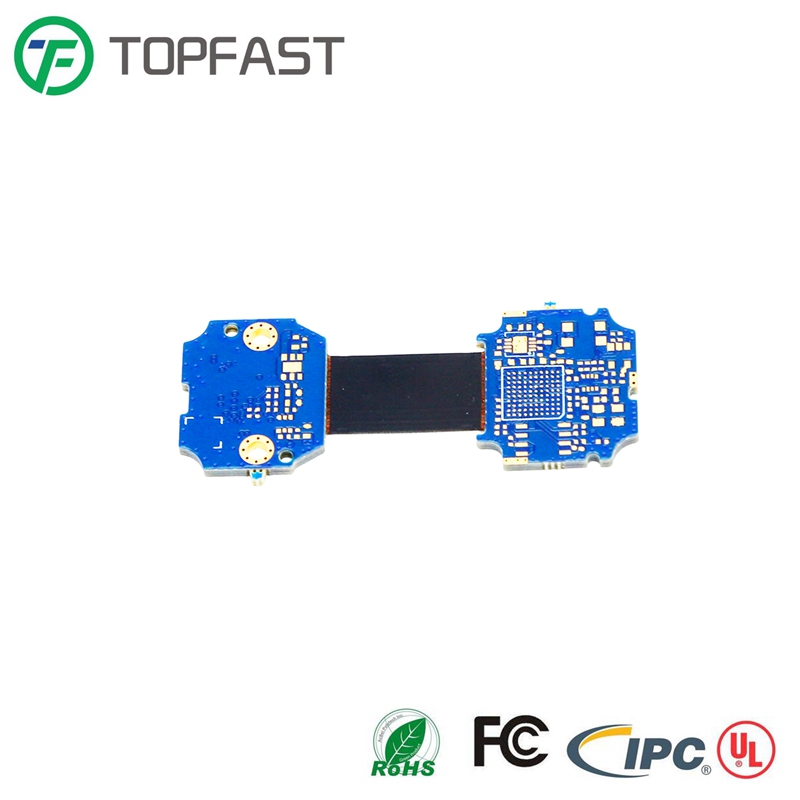The advantages of laser drilling cannot be underestimated when creating connections or placing components between different layers of a PCB. Even if you need to drill small holes, laser drilling ensures precision. It uses concentrated laser energy for PCB laser drilling instead of mechanical drilling.

The importance of laser drilling is increasing as the use of HDI technology in PCB design requires the use of microvias. These smaller sized microvias require extremely precise and controlled depth drilling. This precision can be achieved using a laser. In this case, it is not possible to use mechanical drilling for the following reasons.
Mechanical drilling causes vibration of the drill bit.
It is not suitable for drilling holes smaller than 6 mil in diameter.
Mechanical drilling is not suitable for precise depth control drilling.
Mechanical drilling is expensive and time consuming.
Mechanical drilling is a costly and time-consuming process. This does not bode well in an environment where fast time-to-market is a basic requirement.
Because mechanical drilling involves manual selection of the right tool, the process can be fraught with manual errors. This can lead to costly restarts, which can affect the cost and schedule of the entire project.
Laser drilling, on the other hand, can drill through-holes as small as 2.5 to 3 mil in thin glass-reinforced materials. Through-holes as small as 1 mil can also be drilled where there is no dielectric reinforcement.

So, if you want to look at the main advantages of laser drilling, they include.
No drilling vibration - Since laser drilling is a non-contact process, it does not cause any drilling vibration. It also does not cause damage to the material.
Accuracy - The biggest advantage of laser drilling is the ability to control the intensity of the beam, the heat output, and the duration of the laser beam. This means that the precision and accuracy of the hole, is given!
High Aspect Ratio - With laser drilling, a high aspect ratio can be provided. Typical microvias are known to have an aspect ratio of 0.75:1.
Multi-tasking - processes such as welding and cutting can also be performed with the laser machine.
Different types of laser drilling
Laser drilling of PCBs

There are several types of laser drilling: important among them are:
Single pulse/laser drilling, which is a type of drilling in which both the laser source and the working material remain stationary and emit a single laser beam.
Impact laser drilling, in which a series of laser pulses are emitted. It works well in creating deeper and smaller holes.
Open hole, in which the laser beam is guided around a predetermined trajectory. It is particularly useful when the diameter of the desired through-hole is larger than the diameter of the laser beam.
Helical laser drilling, in which the laser beam follows a helical path while rotating around its own axis.
With miniaturization and increased density of wiring and components, the use of laser drilled microvias will only increase. TOPFAST is one of the leading PCB manufacturers in China. Using advanced methods and technologies, we can provide you with the best PCB manufacturing services. We adhere to strict high quality standards, so if you have any questions, please feel free to contact us via email sales@topfastpcb.com.
Address of Plant
PCB Factory:
A1 Building, B Zone, Ditang Industrial Zone, Ditang Road, Shajing Street, Bao'an District, Shenzhen, China
PCBA Factory:
Room 805, Room 806, Room 809, No. 96, Chuangqiang Road, Ningxi Street, Zengcheng District, Guangzhou City, Guangdong Province, P.R. China
Office Address:
Room 805, Room 806, Room 809, No. 96, Chuangqiang Road, Ningxi Street, Zengcheng District, Guangzhou City, Guangdong Province, P.R. China